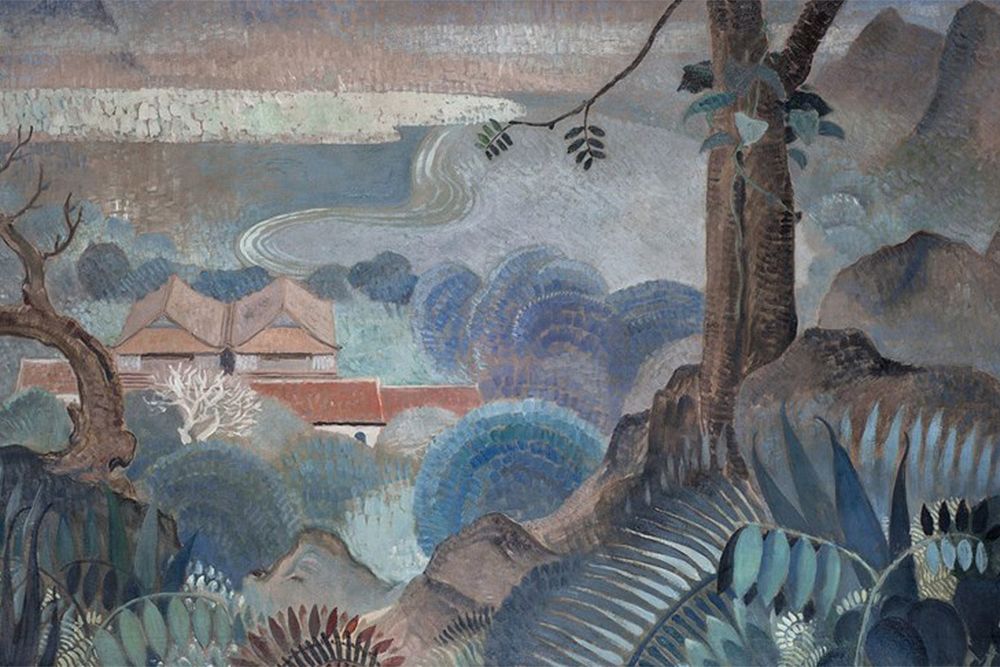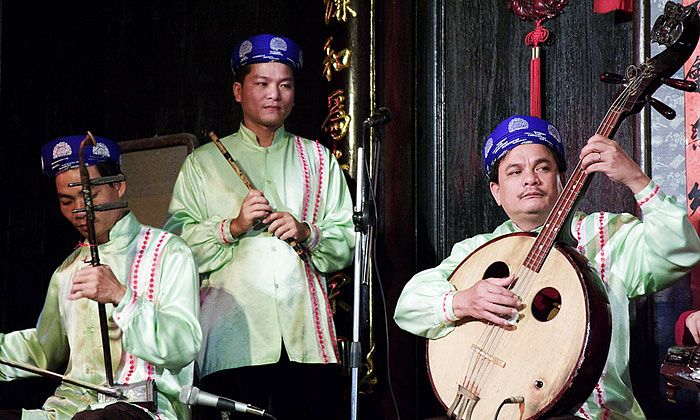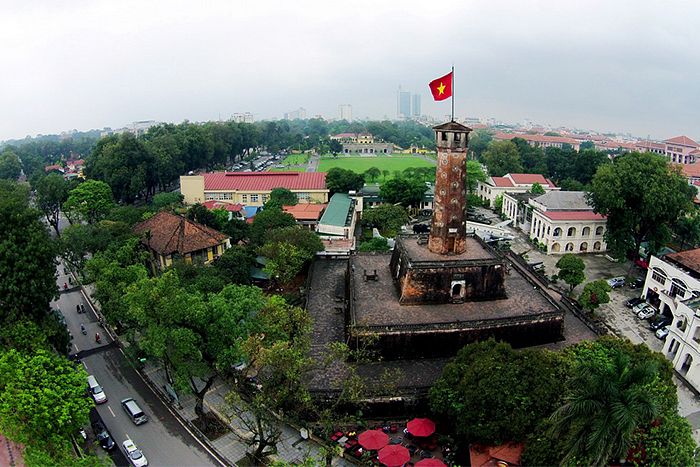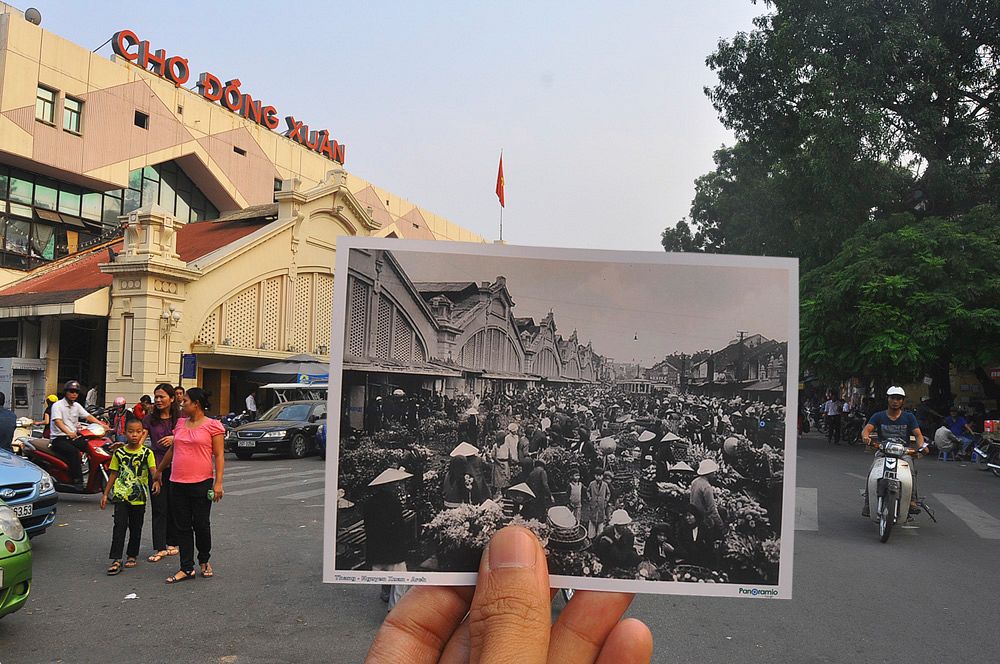Dr. Michael Waibel, along with Hilbert Henning, have launched the TP. Ho Chi Minh - MEGA City project to visually document Saigon’s rapid urban development. The project is currently being assembled and the authors are seeking submissions. For more information, click the link above.
We spoke with Michael about the motivation behind the project which has both personal and academic roots for its organizers.
Here is part 1 of the interview.
Q: Growing up so far away from Vietnam, what inspired you to focus on Saigon?
A: My first contact to Saigon is related to family ties. My granduncle, a charming narrator and German army officer, who was stationed in Paris for almost all of WW II, was hired by the French Foreign Legion immediately upon his return to Germany. There were some rumours that he had to escape police due to black market activities but these have never been confirmed.
As telecommunications engineer, he was based in Saigon and Nha Trang during the late 1940s. His vivid memories and photos from Indochina inspired me to focus on Southeast Asia during my studies. Of course, the music and film culture revolving around what we call the Vietnam War in the West drew my attention at quite an early stage of my life.
In the mid-1990s I started my PhD about the urban development of Hanoi. I investigated the socio-economic transformation of the Ancient Quarter of Hanoi and did many interviews with local shop-owners who I regarded as the main drivers of change. I was particularly interested in the interaction between the Doi Moi reform process initiated nationally and locally.
Ever since, I have been involved in academic and consulting activities broadly dealing with urban development in Vietnam and in China. I usually travel to Vietnam 4-6 times a year.
In 2008, I became member of a research team funded by the German government to promote climate-adapted housing and energy-efficient buildings in Vietnam. Given a weak enforcement of state regulations in Vietnam, we pursued a bottom-up and multi-stakeholder approach. Particularly, we targeted the emerging urban middle class population, who we call “new consumers”. They show a sharply increasing ecological footprint due to changes in diet (more meat) and consumption habits, the switch to cars and the renovation / construction of new houses. For example, we developed easy-to-understand handbooks from which people can choose between a set of measures like a menu.
In 2011, we published the Handbook for Green Housing, and in 2013, the Handbook for Green Products. Among others, this was supported by the European Chamber of Commerce, the Department of Construction of HCMC and the Vietnam Energy Efficiency and Energy Conservation Programme managed by Ministry of Industry and Trade as well as by KFW Vietnam. By trying to convince rather than force the new consumers, we aim at promoting more environmentally-friendly behaviour, in general.
Q: What made you start this project in the first place and why the emphasis on pictures?
In April 2013, I published an edited volume dealing with the urban development of the Ho Chi Minh City metropolitan region. I tried to grasp a realistic picture about the multitude of dimensions of recent urban development. One strategy to achieve this was by compiling narrative and scientific papers from authors of various backgrounds. Finally, more than 100 photos complemented this volume, which was published in German by the Regiospectra Publishing House based in Berlin.
After having published this book, I realized that more efforts are needed to grasp the urban development of Saigon. That is why a publication with stronger visual features is being prepared, right now.
In addition, after having flipped through my extensive digital picture base, which I began in the year 2003, I realized that given the tremendous dynamics of urban development there, there’s great potential to use images to illustrate change over time.














